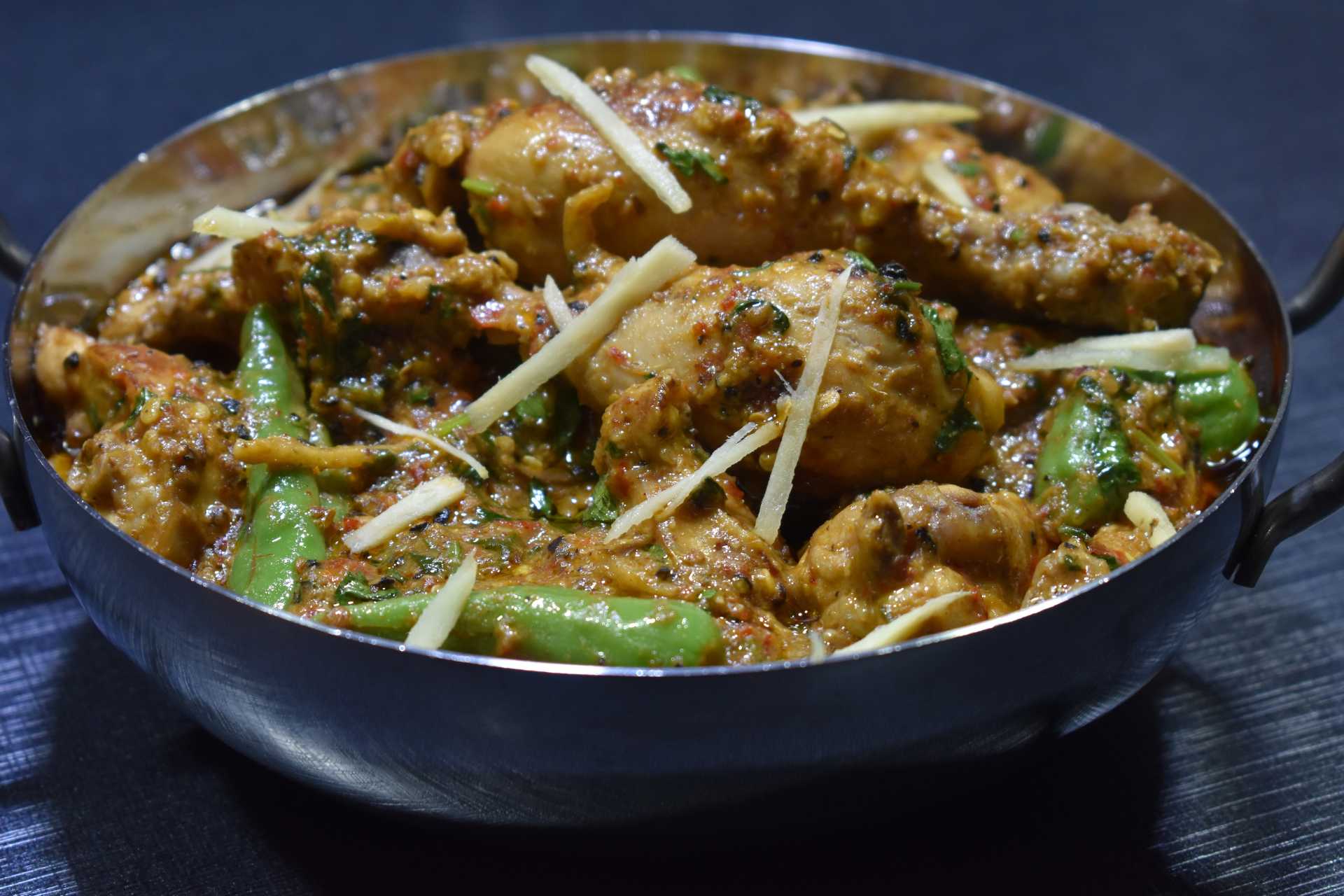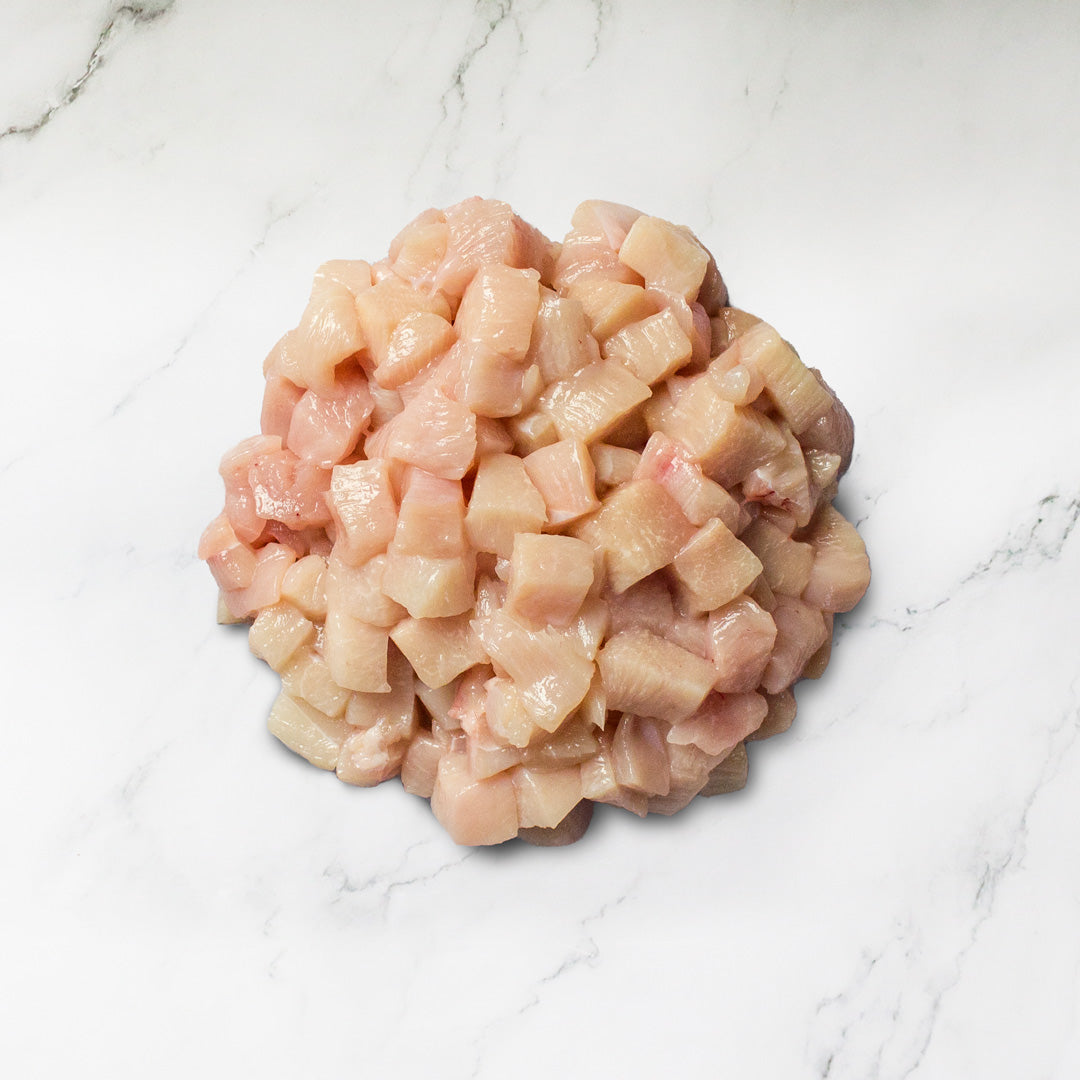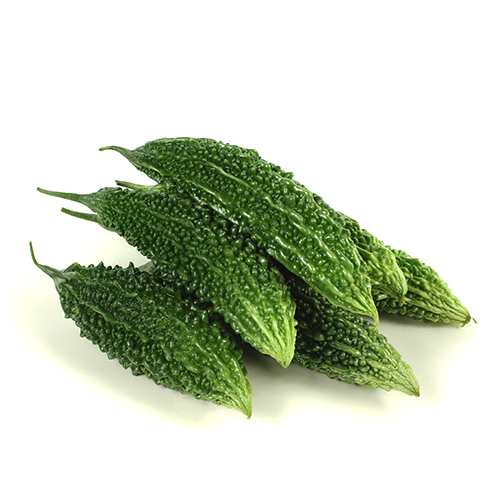If you are a karachiite and not fond of karahi, are you kidding me?
Having piping hot karahi with soft fluffy naan, is all I want on a chilly night. And the fun is multiplied immensely if you are sitting at one of the famous dhabbas on the highway.
I wish the highway was equally well maintained and dazzling when I used to stay in Pakistan. Recently when we got a chance to visit Karachi my cousin invited us to Cafe Imran located on the highway.
When we reached there at around 11 pm the area was so crowded with families, it was unbelievable.
Cafe Imran is where I had the best Karachi-style karahi, served in the black wok it was cooked in and garnished with loads of coriander and green chillies.
There are various recipes of karahis you will find like white karahi, the classic karahi, Peshawari karahi and kabab karahi.
The beauty of Karachi-style karahi lies in its communal spirit – it's often enjoyed with family and friends. So get the naan to float into this flavorful journey; each spoonful promises to be celebratory.
Why Is it Called Karahi?
Have you ever wondered why it's called "karahi"?
The name "karahi" comes from the Hindi and Urdu languages. It refers to a deep, circular cooking pot that is similar to a wok.
Traditionally made from cast iron or stainless steel, this kitchen essential is known for its ability to heat quickly and evenly, making it perfect for frying or sautéing.
You can whip up everything from spicy curries to mouthwatering stir-fries. In South Asian cuisine, the karahi has become iconic due to its unique design and the flavours it brings out in dishes.
I use my karahi to make karahis, fried rice, palak paneer and various other dishes. It gives a unique flavour and taste to simple sauteed food.
So karahi is not just a dish but a celebration of rich culture and heritage.
:recipekit:
Chicken or Mutton Karahi: Which One is Better?
Ah, the age-old debate – Chicken Karahi vs. Mutton Karahi!
Both are mouthwatering, and each has its fanbase. But let’s dive into this sizzling discussion with a bit of fun and flavour.
First off, Chicken Karahi is like that easy-going friend who always shows up to the party. The chicken is tender with aromatic spices, the perfect dish if you're in the mood for something light yet rich in flavour. You get all the goodness in less time, and it’s usually a little less greasy, so you can enjoy it without feeling too weighed down.
On the flip side, Mutton Karahi is like a sophisticated, slow-cooked masterpiece that demands more attention and patience.
It’s hearty and indulgent, and the meat just falls apart beautifully, absorbing all those delicious spices.
The deep, rich flavours of the mutton, cooked to perfection make every bite a celebration.
Sure, it might take a little longer to cook, but the payoff? Worth it. Mutton’s richness is like a hug for your taste buds, and you can’t help but go back for seconds... or thirds!
Now, if you ask me, both are stellar choices depending on the vibe. But if I really have to choose... I’d go with Mutton Karahi.
There’s just something about the slow-cooked magic of mutton and the depth of flavour. The satisfying tender meat steals my heart every time.
But honestly, whether it's chicken or mutton, both have that magical karahi charm. So next time, why not try both and let your tastebuds decide?
Grab your karahi essentials today from Save Co Online and prepare a masterpiece of meat complementing the spices.












